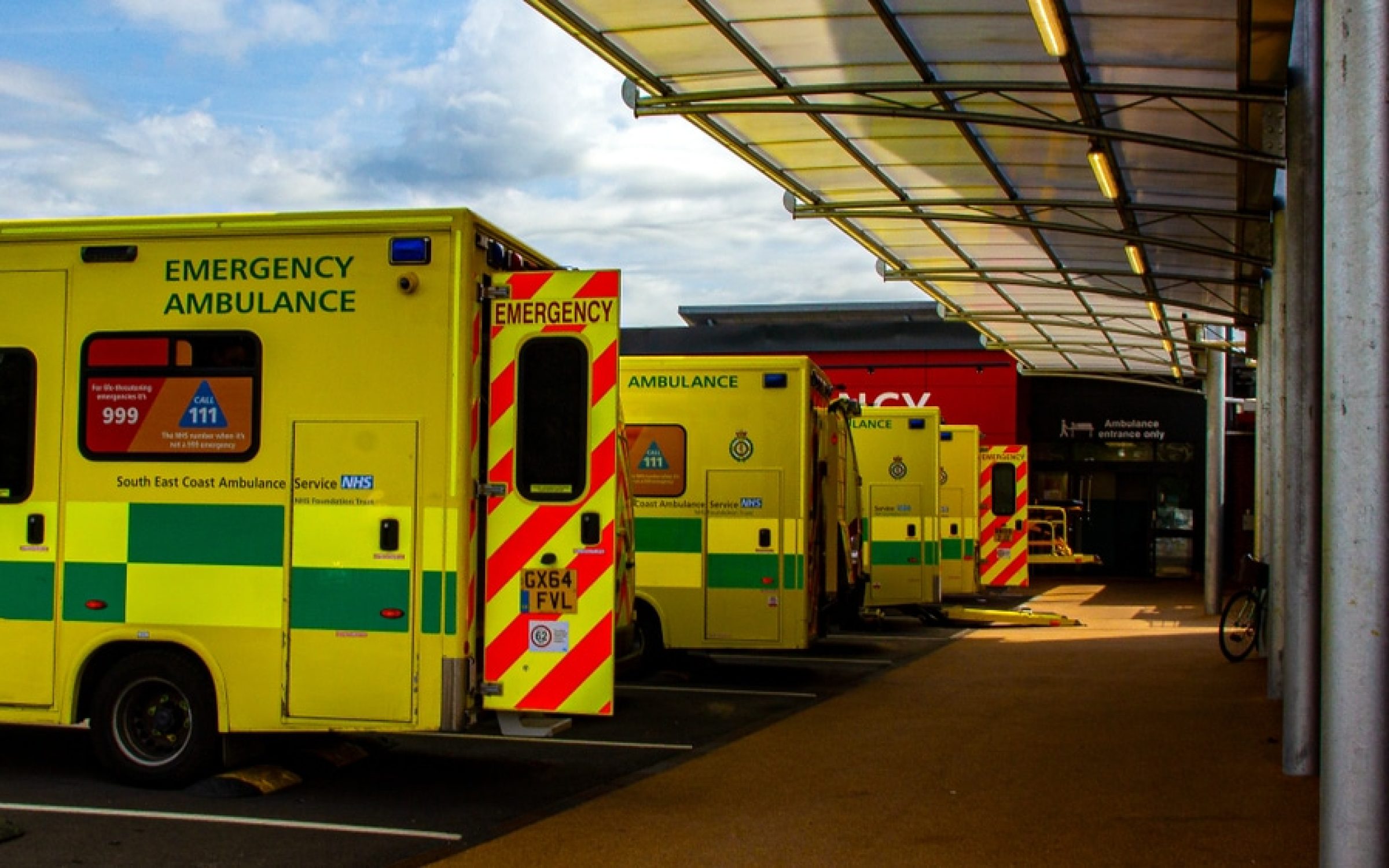While fears mount that a fresh strike of over 20,000 ambulance workers across the UK will put lives at risk, startling new data on excess deaths in Britain is prompting claims that our overwhelmed NHS is endangering lives every week of the year.
Excluding the pandemic years, 2022 was the deadliest 12 months on record since 1951, with 50,000 more deaths last year than the pre-Covid five-year average. Since July, over 1,000 more people have died every week than usual, and during the week of Christmas, this figure rose to 1,600.
What is driving these excess deaths? Or, in other words, why are more people in Britain dying than “normal”?
While Brits with Covid are still dying, “Covid deaths” account for a minority of these recent extra deaths. Even excluding the 8,279 deaths since July of patients who have tested positive for Covid, there is still an average of 994 more people dying every week than the five-year average.
That said, Covid may well be indirectly causing many of these excess deaths. At the height of the pandemic, as infected patients overwhelmed hospitals and other health problems increasingly went untreated, some ominously warned that the “true” death toll of Covid would only emerge with time, as the impact of, for instance, missed cancer scans became clear.
Now it seems the so-called “long tail” of Covid is starting to emerge. Some doctors have expressed concern, for instance, at the significant number of Brits who have received late diagnoses for high blood pressure due to the pandemic. The number starting treatment with statins – which can help prevent future heart attacks – plunged in 2020 and 2021.
This is a crucial counterpoint to suggestions that coronavirus vaccines are behind the recent rise in cardiovascular deaths. While the Covid vaccine has been linked to a small rise in cases of heart inflammation, these cases are too rare – and mostly non-fatal – to explain the increase in excess deaths.
While the NHS was overstretched pre-pandemic, it is now coping with a record backlog in elective care – with one in eight people in England currently waiting for NHS treatment, as well as unprecedented delays to emergency services.
In November, it took 48 minutes on average for an ambulance in England to respond to a suspected heart attack or stroke victim, compared to the service’s target of 18 minutes. And, in the week up to 1 January, over 40 per cent of ambulance crews were forced to queue outside A&E for more than half an hour. According to analysis by LCP Actuaries, the number of patients waiting over 12 hours to be admitted to hospital after being assessed in A&E in November was greater than the total figure recorded over an entire decade from the start of 2011 to the end of 2020.
The impact of these delays is cause for concern. The Royal College of Emergency Medicine has estimated that between 300-500 patients are dying per week across the UK associated with long waiting times in emergency departments.
Of course, it’s important to add that the UK isn’t the only country experiencing a greater number of deaths than usual. As ministers have been quick to point out, Germany, Italy and Spain have all recorded an increase in excess deaths for 2022.
Newly released figures for France show that excess deaths from all causes nationwide in 2022 rose by 9 per cent over 2019, the last pre-Covid-19 year, from 611,182 to a provisional total (up to 24 December) of 654,094.
Many other factors, aside from the crisis in NHS care, will feed into the rise of excess deaths in the UK, be it the bad winter for flu, or elderly deaths from the summer heatwave.
Even so, arresting data on the impact of delays to emergency care makes it difficult to dismiss the argument put forward by striking A&E staff: that current working conditions are endangering patients’ lives in Britain – and that the NHS is not fit for purpose.
Write to us with your comments to be considered for publication at letters@reaction.life





